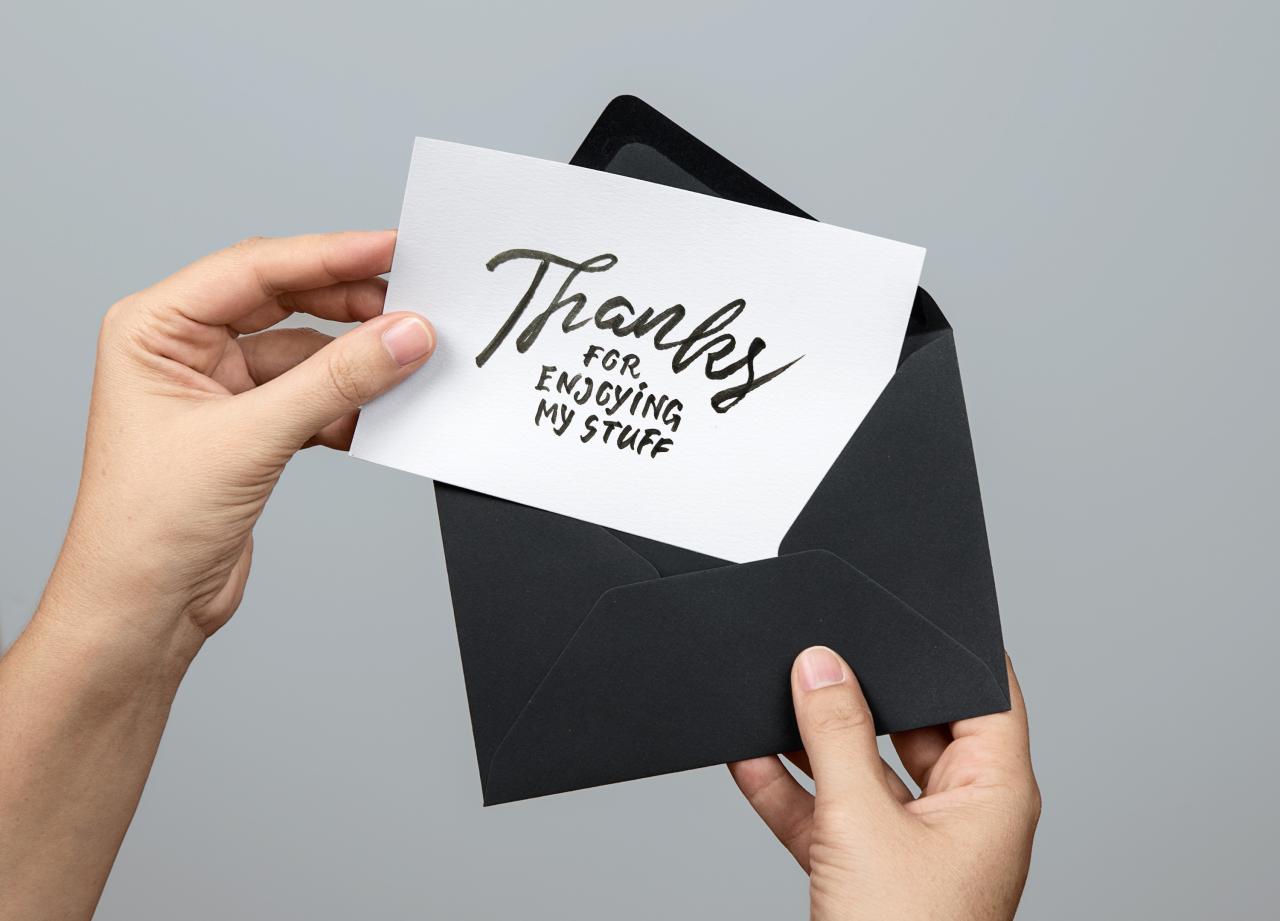
Greeting Card Mockup: A Comprehensive Guide to Creating Realistic Card Designs
Introduction
Greeting cards are timeless pieces of communication that convey emotions, greetings, and messages. Whether it’s a birthday, anniversary, or holiday, a well-designed greeting card can make a lasting impression. To help designers create realistic and captivating card designs, greeting card mockups have become indispensable tools. This comprehensive guide delves into the world of greeting card mockups, providing a thorough understanding of their benefits, types, and effective usage.
Benefits of Using Greeting Card Mockups
Greeting card mockups offer numerous advantages that enhance the design process:
1. Realistic Presentations:
Mockups allow designers to visualize their card designs in a tangible and realistic setting, helping them evaluate the overall aesthetic, typography, and color schemes.
2. Quick and Efficient:
Creating realistic greeting card mockups is significantly faster and more efficient than traditional photography, saving designers valuable time and resources.
3. Flexibility and Customization:
Mockups provide flexibility to experiment with different design elements, such as colors, patterns, and textures, without the need for physical prototypes.
4. Error Detection:
Mockups aid in identifying potential errors or inconsistencies in the design, ensuring a polished and professional final product.
5. Showcase Designs:
Mockups serve as an excellent way to showcase card designs to clients or potential customers, providing a clear representation of the final printed product.
Types of Greeting Card Mockups
1. Flat Lay Mockups:
These mockups present cards lying flat on a surface, offering a clear view of the front design and envelope. They are ideal for showcasing overall card aesthetics.
2. Folded Card Mockups:
Folded card mockups depict cards in their folded state, allowing designers to evaluate the interior and exterior designs together. They are suitable for presenting multi-page or interactive cards.
3. Scene Mockups:
Scene mockups place greeting cards in a specific environment, such as a tabletop or a framed display. They add context and dimension to the design, making them suitable for storytelling or lifestyle presentations.
4. Die-Cut Mockups:
Die-cut mockups showcase cards with intricate cuts or shapes. They help designers visualize the final die-cut design and its impact on the card’s overall appearance.
5. Animated Mockups:
Animated mockups add a dynamic element to greeting card designs. They allow designers to demonstrate interactive or animated card features, such as pop-ups or flipping effects.
Choosing the Right Greeting Card Mockup
Selecting the appropriate mockup depends on the specific design requirements and presentation goals:
1. Design Style:
Consider the style and aesthetics of the card design when choosing a mockup. Flat lay mockups are suitable for simple designs, while folded card mockups are ideal for more complex or interactive designs.
2. Context:
If context is important, opt for scene mockups that showcase the card in a specific environment. This can enhance the storytelling or emotional impact of the design.
3. Die-Cuts and Embellishments:
For cards with intricate die-cuts or embellishments, die-cut mockups allow for accurate visualization of these elements.
4. Animation:
For interactive or animated card designs, animated mockups provide a realistic representation of the final product.
Best Practices for Using Greeting Card Mockups
1. High-Quality Images:
Use high-resolution images of your card design to ensure clarity and sharpness in the mockup.
2. Lighting and Shadows:
Pay attention to lighting and shadows in the mockup to create a realistic and professional look. Natural lighting often produces the best results.
3. Background and Objects:
Choose a background and objects in the mockup that complement the card design and enhance its aesthetics.
4. Brand Consistency:
Maintain brand consistency by incorporating brand colors, fonts, and logos into the greeting card mockup.
5. Appropriate Resolution:
Render mockups at an appropriate resolution for the intended use, whether it’s web display or print.
FAQ on Greeting Card Mockups
1. What is the purpose of a greeting card mockup?
A greeting card mockup is a digital or physical representation of a greeting card design, providing a realistic preview of the final printed product.
2. What are the benefits of using greeting card mockups?
Mockups offer realistic presentations, speed up the design process, enable customization, help detect errors, and showcase designs effectively.
3. What types of greeting card mockups are available?
Common types include flat lay mockups, folded card mockups, scene mockups, die-cut mockups, and animated mockups.
4. How do I choose the right greeting card mockup?
Consider the design style, context, die-cuts, animation, and intended use when selecting a mockup.
5. What are some tips for creating effective greeting card mockups?
Use high-quality images, pay attention to lighting and shadows, select complementary backgrounds, maintain brand consistency, and render mockups at an appropriate resolution.
Conclusion
Greeting card mockups have revolutionized the design process for greeting cards. By leveraging the benefits of realistic presentations, flexibility, and efficiency, designers can create captivating and polished card designs that resonate with their target audience. Understanding the different types, choosing the right mockup, and following best practices will empower designers to produce stunning greeting card mockups that effectively convey emotions, greetings, and messages.





